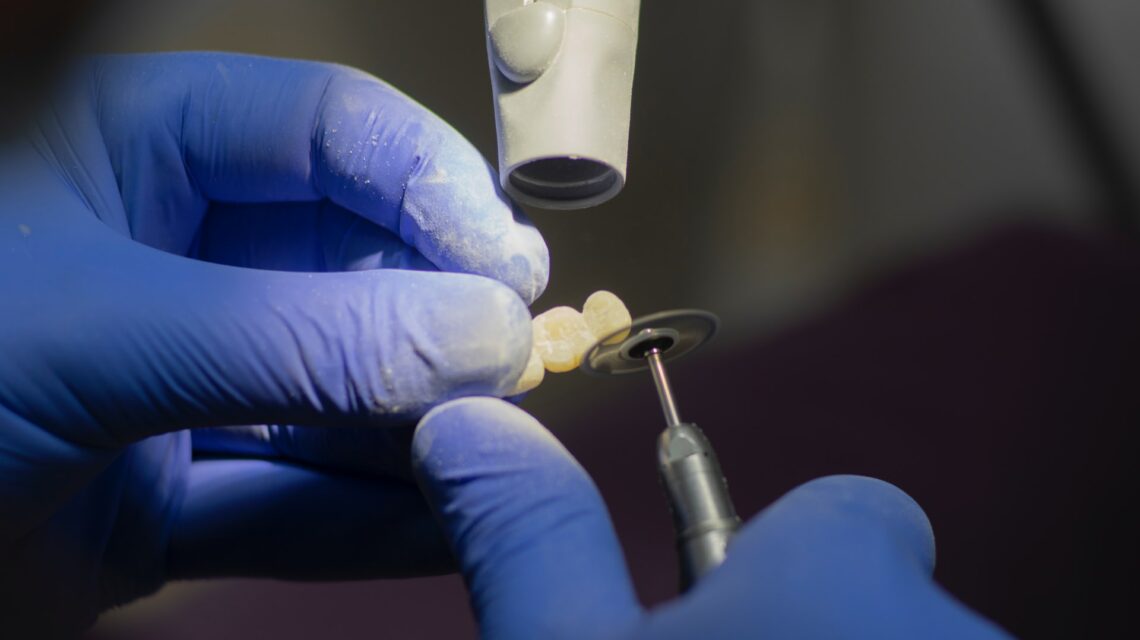If you are having trouble with your wisdom teeth, have Periodontal disease, or are suffering from TMJ disorder, you should consider an oral surgeon. These doctors can perform a variety of procedures, from removing a wisdom tooth to bone grafting. Read on to learn more about your options. Listed below are a few of the most common procedures performed by oral surgeons. You should also read about the benefits of bone grafting
Table of Contents
Wisdom tooth removal
A wisdom tooth removal by an oral surgeon is a necessary procedure for patients with impacted teeth. Patients typically request to be heavily sedated during this procedure. Your dentist should be comfortable providing this type of anesthesia and should have the experience and expertise to safely and effectively administer it. Be sure to discuss any potential fears you may have with your dentist before the procedure. You can also consult with your dentist to find out how much time you should expect to be awake before the procedure. Your dentist will also discuss what kind of anesthesia to give you for the surgery. If you are on any prescription medication or plan to receive intravenous medicine, let them know ahead of time.
Your doctor may recommend this procedure if you have been suffering from impacted teeth for years. Wisdom teeth can also damage neighboring teeth, particularly those below the gumline. These issues may require bone removal or cutting the teeth into pieces. Your oral surgeon will clean out the mouth and jawbone after the surgery and ensure that you are free of infection and other potential complications. Though the surgery can be traumatic, the results of the procedure are usually quick, and you will be able to resume your normal activities right away.
The surgery itself may involve a local anesthetic, which numbs the area around the tooth and keeps you awake during the procedure. A general anesthetic, on the other hand, puts the patient under mild sedation and may make them unconscious. This type of anesthesia may make the patient too groggy to drive home after the procedure. Most wisdom tooth removal procedures are performed in about 90 minutes, depending on the number of teeth that need to be removed.
Sometimes, the wisdom teeth can cause a lot of problems, and you may not even know they're there until they become impacted. Your dentist will most likely recommend removing them before your child turns twenty-five. Aside from causing your child pain, wisdom teeth can cause crowded teeth. Your dentist will recommend wisdom tooth removal if your child has impacted teeth. However, not everyone will need the surgery, so you should get an x-ray as soon as you suspect they are impacted.
Periodontal disease
A periodontal surgeon is a qualified professional who is trained to perform various dental procedures. In many cases, this type of procedure is required because periodontal pockets have become so deep that cleaning them by brushing and flossing alone is not enough. Surgical procedures can remove the bacterial infection that has developed in these pockets and restore the health of the gums. However, there are some circumstances in which patients need a general anesthetic before dental procedures.
Treatment for periodontal disease can be a combination of various methods, depending on the stage of infection and deterioration of the gums. The most common and well-known non-surgical method is scaling and root planing, which involves removing tartar and plaque from the roots of the teeth. This treatment removes harmful bacteria and irritants from deep within the gums, and it is completely painless.
While daily oral hygiene is essential for preventing periodontal disease, it's also necessary to see a periodontist for regular checkups. Regular cleanings can detect early symptoms of the disease. Professional cleanings can also assess attachment levels to the teeth. Dental radiographs are also helpful in assessing bone health. In addition to regular checkups, periodontal surgery can also improve the appearance of teeth and prevent cavities.
Early treatment of periodontal disease is essential to restoring the health and function of the gums. While there are no immediate symptoms, the disease can worsen and lead to tooth loss. Advanced treatment options, like dental implants, can help restore the smile and restore the health and function of the teeth. In such cases, a periodontist and general dentist work closely together to make sure the patient receives the best care possible.
Early diagnosis of periodontal disease is essential for preventing the need for dental implants. The bacteria that cause periodontal disease build up around the gums and form pockets. These pockets become deeper with time, creating a larger space for bacteria to thrive. As bacteria continue to build up in these pockets, they will eventually cause more damage to the teeth, requiring extraction and replacement. Periodontal disease can even increase the risk of heart attacks, strokes, pregnancy complications, and high blood glucose.
TMJ disorder
The symptoms of TMJ disorder are not always consistent, but they are often caused by repetitive motions or overuse of the jaw. You may be chewing gum constantly or eating tough foods. If you have experienced these symptoms, you may need to visit a TMJ specialist. There are several treatments for TMJ disorder, including physical therapy and medication. Your TMJ doctor will discuss all your options for treatment. For more information, please contact us.
In the short term, your TMJ specialist may recommend a nightguard device or occlusal splint. These devices are worn to reposition the jaw and prevent teeth clenching. Sometimes, orthodontic treatment is required to correct a defective bite or restore the proper harmony of the jaw. Treatment options may include physical therapy, medication, or surgery. However, if your condition worsens, you may benefit from other treatments first.
Conservative treatment for TMJ disorder involves using a mouthguard, a soft diet, and non-steroidal anti-inflammatory drugs. However, this treatment may be ineffective or create a worse problem. A stable bite is important to your overall health. Even though it is often used to help with TMJ disorder symptoms, it should only be used for a short period of time. If it causes you pain, discontinue the use of the splint and seek treatment for your TMJ disorder. These conservative treatments are not cures.
The causes of TMJ disorder vary from person to person. Some individuals may suffer from mild symptoms like jaw pain and jaw clicking when they open their mouths. More serious symptoms can prevent you from chewing or talking. During a routine visit to a TMJ specialist, your condition will be diagnosed and treated. Your oral surgeon will perform x-rays and an oral exam to diagnose the problem. The symptoms will determine which treatment method is right for you.
Surgical treatment for TMJ disorder is a common treatment option. In most cases, non-invasive treatments and lifestyle changes can help you manage your condition. However, if your condition continues to worsen, you may need oral surgery. If you have suffered from TMJ for a long time, it may be time to seek treatment from an oral surgeon. These treatments will help you regain your jaw's normal function.
Bone grafting
The initial procedure of bone grafting for oral surgery involves making a small incision in the gum to access the bone beneath. The procedure is not a painful one, although the procedure may cause some discomfort if it is performed in two locations. It is best to avoid strenuous activity and vigorous rinsing for the first week after the procedure, as this will wash away the graft material. A general anesthetic and close monitoring of vital signs are required before the procedure. The bone graft is then placed in two sections of the bone that need to grow together and anchored with a special screw. After the procedure, the area is stitched up and will begin healing.
During the procedure, the surgeon will obtain bone graft material from a tissue bank or from an area of the jaw. In many cases, the bone graft material is very small and will be used to fill the space left by the missing tooth. Unlike a larger bone graft, this procedure does not require a prolonged recovery time and is often replaced by a smaller one in the future.
Once the bone is transplanted, it will grow and integrate into the new tissue. The process is considered minor and is done in a dental office under local anesthesia. During the procedure, the bone grafting material is placed in the socket where the tooth is missing. New bone cells will replace the grafted material over the years. Bone grafting can help a patient avoid jaw bone recession after other invasive procedures such as root canals.
There are many types of bone grafts. Allograft bone comes from the patient's body, but it may also be synthetic or obtained from a cadaver. Aside from autograft bone, other alternatives are xenograft bone, which comes from a cow or a porcine source. This type of graft is the most natural option for bone grafting.
Sources:



 Wisdom Tooth Extraction
Wisdom Tooth Extraction